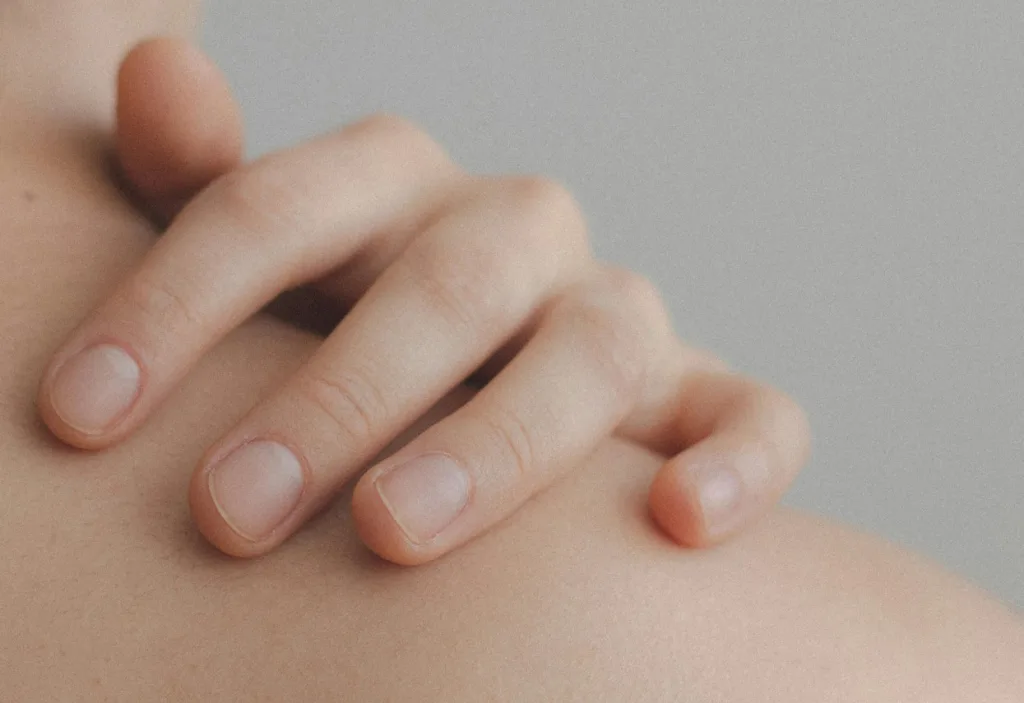Trimming your nails may seem like an ordinary day-to-day activity, like brushing your teeth or
combing your hair. But did you know that doing it incorrectly is the most frequent cause of
ingrown toenails? Having this condition may be forgettable to some, but unforgettable to others
because of the pain; it could cause enough pain for one to have a hard time walking, or
sometimes, even standing.
So what is an ingrown toenail? It is a common condition wherein the side of the toenail grows
down into the skin. The ingrown toenail may irritate the skin on the side of the toe, which can
lead to swelling and redness; the affected area may then feel tender and warm to touch. Over
time, bleeding and draining of pus with secondary bacterial infection may ensue. It is most
common to have ingrown toenail in the big toe.
Aside from incorrect trimming of the nails, an ingrown toenail may develop from wearing ill-
fitting shoes and having poor foot hygiene. Repetitive trauma or foot injury from getting stepped
on or banging your toe increases your chance. Those born with abnormally shaped nails, prone
to excessive sweating, and those who are genetically predisposed have a higher possibility of
ingrowing. It seems that anyone, really, may suffer from having an ingrown toenail. Those who
are at higher risk include adolescents, athletes, patients taking certain medications like some
chemotherapeutic drugs, and those with chronic diseases like diabetes, thyroid, cardiac, and
renal problems.
An ingrown toenail is best treated by a board-certified dermatologist, who will be able to assess
and tailor-fit the treatment plan to the unique condition of the patient. Most of the time, an
ingrown toenail can be managed conservatively by using simple yet effective techniques, without
going through surgery. However, in severe cases, surgery may be the best option. Surgical
removal of a part of the nail with application of a chemical to kill the nail root can be done to
avoid recurrence. Usually, this procedure is done on children who keep getting an infection from
ingrown toenails or to those who are genetically predisposed to having an ingrown toenail.
Prevention rather than cure is what they say and avoiding an ingrown toenail is very possible.
Start with cutting your fingernails and toenails straight across and don’t round the corners.
Though it might be a chore, it is better that you cut your own nails. After cutting, remember to
file the nail to smooth out uneven edges. Lastly, wear shoes that fit correctly and keep away from
any form of trauma. If you suffer from chronic diseases like diabetes, it is best that you follow
foot care recommendations from your doctor.
Dr. CAROLYN CHUA-AGUILERA, MD, FPDS is a graduate of St. Luke’s College of Medicine.
She finished her dermatology residency at Jose R. Reyes Memorial Medical Center and
subspecialty training for Nail Pathology and Surgery at the Hospital of University of
Pennsylvania, Philadelphia and Hospital of University of Berne, Switzerland. She is a fellow of
the Philippine Dermatological Society and an active consultant at St. Luke’s Medical Center
Global City.




